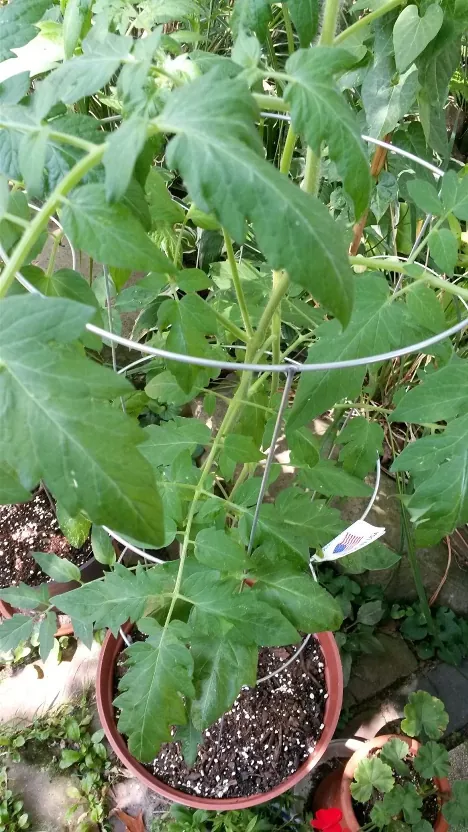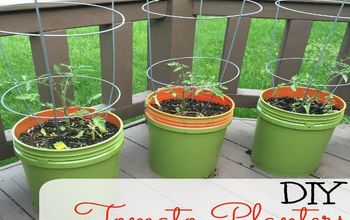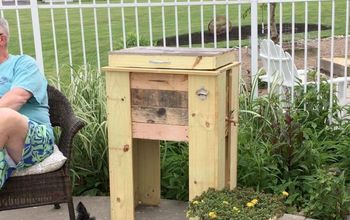How to Pollinate Tomatoes That Need an Extra Oomph

By Alexa Erickson
Tomatoes are a self-pollinating plant. However, the presence of bees and wind helps boost pollination, yielding more fruit! If your tomatoes aren’t blossoming and you think the culprit is a lack of pollen, it’s time to lend a helping hand.
In this guide, you’ll learn everything you need to know about how to pollinate tomatoes. We’ll teach you how to tell if your tomatoes have been pollinated and then walk you through a few pollination techniques using some household items. Let’s get those tomatoes thriving!
Photo via Debbie
Why Tomatoes Need to Be Pollinated
Simply put, successful pollination results in the production of viable seeds and fruit. If you’ve grown tomatoes before, you know that the stems will bloom yellow flowers before sprouting tomatoes.
Since their flowers are equipped with both male and female parts, tomatoes are considered a self-pollinating plant. However, tomatoes produce the most fruit thanks to the help of wind and bees, which both work to dislodge the pollen and move it further into the bloom. If you’re noticing that your plant isn’t producing enough, or any, fruit, it’s likely it’s not receiving enough outside help.
When to Pollinate Tomatoes
If the natural elements aren’t helping nudge pollination, it’s time to take matters into your own hands. Pollen is typically shed from morning to afternoon. For best results when pollinating yourself, choose a warm, sunny day and plan to pollinate every three or four days.
How to Pollinate Tomatoes with a Paint Brush or Cotton Swab
You can mimic the natural process of pollination in a few ways. The easiest option is to simply shake or tap the plant to imitate a breeze. If that’s not making a difference, try agitating the plant with a cotton swab or paint brush.
Gently lift up the tomato flower and rub the paintbrush or cotton swab back and forth across the inside of the flower. This agitation alone will encourage the pollen to drop down to the female portion of the flower.
How to Pollinate Tomatoes with an Electric Toothbrush
Pollinating tomatoes with an electric toothbrush is another effective way to mimic natural pollination. The vibration loosens the pollen, allowing it to drop down to the stigma. Turn the toothbrush on, then place the head on the flower base or stem for a few seconds to send that pollen to the right place.
Photo via DesertRose
How to Tell If Tomatoes Were Successfully Pollinated
You’ll know that pollination was successful if the stems behind the flowers are green and plump. If the stems turn yellow, the plant likely wasn’t pollinated and can’t bloom a tomato fruit. In this case, the flower will wilt and fall off the plant.
Have you practiced self-pollination to successfully grow tomatoes? Share your experience below!

























Frequently asked questions
Have a question about this project?